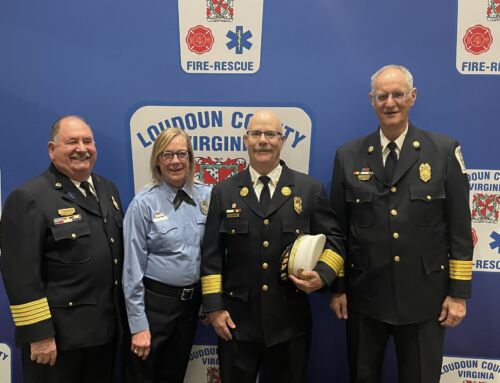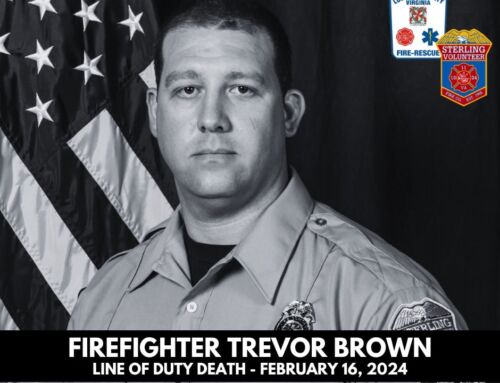As you embark on your journey back to college, the Ashburn Volunteer Fire and Rescue Department (AVFRD) wants to ensure that your safety remains a top priority. College life is full of excitement and new experiences, but it’s essential to be prepared and vigilant when it comes to fire safety. Here are some crucial tips to help you create a fire-safe environment both on and off-campus:
- Know Your Exits: Take the time to familiarize yourself with all the exits in your dormitory or apartment building. In case of a fire, having multiple escape routes can save your life.
- Smoke Alarms: Check that smoke alarms are installed in your living area and bedroom. Test them regularly to ensure they are functioning correctly. Never tamper with or remove the batteries from smoke alarms.
- Cooking Safety: If you’re cooking in your dorm or apartment, never leave the stove unattended. Keep flammable items, like dish towels and paper, away from the cooking area. Always turn off the stove after use.
- Candles and Open Flames: Avoid using candles or open flames in your living space. Instead, opt for flameless alternatives like battery-operated candles.
- Electrical Safety: Do not overload power outlets or use damaged cords or appliances. Unplug electronics when not in use, and avoid running cords under rugs or heavy furniture.
- Fire Escape Plan: Create a fire escape plan with your roommates or neighbors. Discuss where to meet outside the building in case of a fire.
- Fire Extinguishers: Familiarize yourself with the location of fire extinguishers in your building. Only attempt to use one if you’ve been properly trained and the fire is small and manageable.
- Smoking Safety: If smoking is allowed, do so in designated areas only. Make sure to fully extinguish cigarette butts and dispose of them in proper receptacles.
- Space Heaters: If using a space heater, ensure it’s placed on a flat, stable surface, and keep it away from flammable materials. Never leave a space heater unattended.
- Apartment Safety: If you live in an apartment, know where the building’s fire alarms, exits, and evacuation routes are located. Follow your building’s fire safety guidelines.
- Fire Drills: Participate in fire drills organized by your college or university. These drills provide valuable experience in reacting quickly and calmly to a fire alarm.
- Keep Pathways Clear: Keep hallways, stairwells, and exits clear of any clutter or obstacles. This ensures a quick and safe exit in case of an emergency.
- Remember, your safety is our priority. By following these fire safety guidelines, you contribute to creating a secure environment for yourself and your fellow students. If you have any questions or concerns about fire safety, don’t hesitate to reach out to AVFRD or your college’s safety department.
Stay safe, stay aware, and have a successful and fire-free academic year!
Additional Resources:
- National Fire Protection Association (NFPA). “Escape Planning.” nfpa.org. Link
- National Fire Protection Association (NFPA). “Smoke Alarms.” nfpa.org. Link
- S. Fire Administration (USFA). “Cooking.” usfa.fema.gov. Link
- S. Fire Administration (USFA). “Candles.” usfa.fema.gov. Link
- Consumer Product Safety Commission (CPSC). “Electrical Safety.” cpsc.gov. Link
- gov. “Make a Plan.” ready.gov. Link
- National Fire Protection Association (NFPA). “Using a Fire Extinguisher.” nfpa.org. Link
- Centers for Disease Control and Prevention (CDC). “Tobacco and Smoking.” cdc.gov. Link
- S. Fire Administration (USFA). “Portable Heater Safety.” usfa.fema.gov. Link
- Campus Firewatch. “Fire Safety Tips for College Students.” campus-firewatch.com. Link
- Campus Safety Magazine. “How to Conduct Fire Drills at Your School.” campussafetymagazine.com. Link
- National Fire Protection Association (NFPA). “Clear Space.” nfpa.org. Link






Leave A Comment